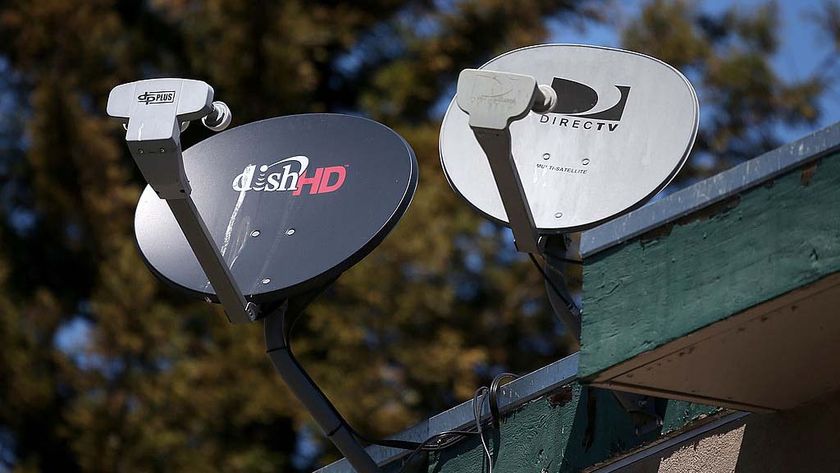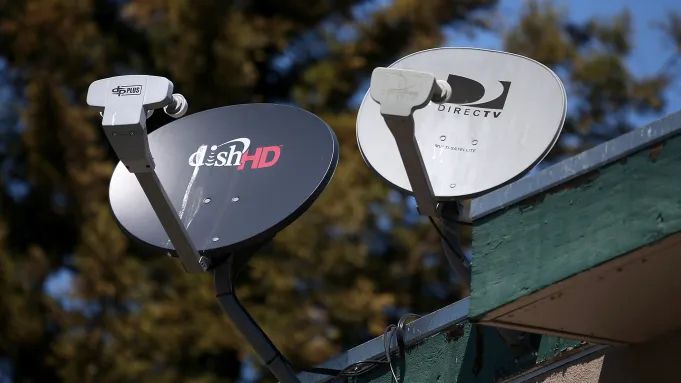FCC Releases Wireless Mic Order
The FCC has released its order on the long-term spectrum plan for wireless mics, which are used for broadcast and cable newsgathering, sports, theaters, webcasts, worship services and more, following the repack of stations after the broadcast incentive auction.
Since there will be less spectrum available for those mics and other devices after broadcast spectrum is auctioned and repurposed, the FCC took a number of steps to accommodate them.
Those include, most notably allowing their use in the duplex gap and guard bands, allowing greater use in the white spaces between the VHF channels in which broadcasters are being repacked, and requiring mics to meet stricter efficiency standards.
There will also be new wireless mic equipment certification procedures and requirements to notify consumers of the changes.
And with wireless mics losing their dedicated channel in the broadcast spectrum band, the FCC is looking to expand opportunities in other bands currently available for wireless mic use and will open up access in three other bands for sharing "under specified conditions."
The FCC said it recognized the importance of wireless mics, and was providing "additional opportunities for wireless microphone operations in the TV bands following the upcoming incentive auction, new opportunities for wireless microphone operations to access spectrum in other frequency bands where they can share use of the bands without harming existing users."
Broadcasters and wireless mic makers have argued that at least some reserved spectrum for wireless microphones was needed in all markets.
Broadcasting & Cable Newsletter
The smarter way to stay on top of broadcasting and cable industry. Sign up below
"[F]ollowing the Commission’s decision to eliminate two reserved channels for wireless microphones and the proposal to repack television stations in the duplex gap in some markets, it remains critical to find additional exclusive use spectrum for broadcast and cable news teams," the National Association of Broadcasters told the FCC two weeks ago.
In commenting on the wireless mic item, FCC chairman Tom Wheeler conceded that "no party gets everything it wants in these items," something he said about the suite of incentive auction procedure items voted out last week.
The FCC also released the related order on opening up more white spaces in the smaller TV band for unlicensed devices, including microphones.
The National Association of Broadcasters argued against doing that before the FCC fixed problems with the database that identifies open channels those devices can use ostensibly without interfering with TV stations.
Back in March, NAB petitioned the FCC to suspend use of the database saying it allowed false and damaging information to be entered into it.
NAB concedes that some improvements have been made since, particularly after press attention to the issue, but not nearly enough.
Contributing editor John Eggerton has been an editor and/or writer on media regulation, legislation and policy for over four decades, including covering the FCC, FTC, Congress, the major media trade associations, and the federal courts. In addition to Multichannel News and Broadcasting + Cable, his work has appeared in Radio World, TV Technology, TV Fax, This Week in Consumer Electronics, Variety and the Encyclopedia Britannica.










